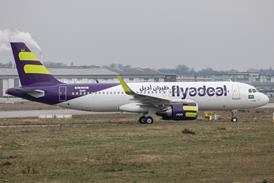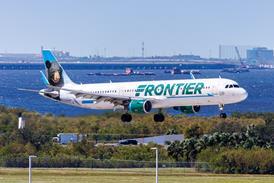PAUL LEWIS / WASHINGTON DC
The US Army is proposing to reschedule development of the Boeing Sikorsky RAH-66 Comanche, with funds being moved from initial production into engineering and manufacturing development (EMD) to address system shortfalls. It is hoped to offset the cuts long term by boosting full-rate production of the attack helicopter.
The US Army would still buy 1,213 Comanches as planned, but up annual output from 62 machines to 96 - in the process shaving eight years off production and saving $3 billion. The change, which is still subject to approval, would mean fewer helicopters for training, and a year's delay in starting low rate initial production (LRIP) to divert funds into an over budget and delayed EMD phase.

"That will slip the LRIP decision by about one year and reduce the up-front number of aircraft that we'll buy initially," says Col Bob Birmingham, US Army RAH-66 programme manager. The army now plans to buy 78 LRIP Comanches in three batches starting in 2006, with an initial 18 machines to be followed by 24 more. It is also proposing the number of EMD machines be reduced by two to 11.
This will result in six rather than eight EMD helicopters delivered in 2006 for initial training. Under the new iterative development plan, none will be radar equipped or armed, aside from 20mm guns.
The Block 1 armed reconnaissance version of RAH-66, due for initial operational capability in 2008, will have a fully operational internal weapons bay. Block 2 follows in 2010, featuring the Lockheed Martin/Northrop Grumman Longbow radar, full sensor fusion, external weapons and extended-range tanks for the heavy-attack role. More capabilities for initial Comanches will depend on the EMD funding increase.
The TRW integrated communication navigation and identification system in Block 1 may not have all functions, such as high-frequency radio and enhanced position location reporting system. The army would also like to make weight-savings, which would otherwise have to wait for Block 2.
The RAH-66 is close to the 4.2t empty-weight limit needed to meet a 2.5m/s (500ft/min) vertical climb rate. "I would like to have more margin, and invest in improvements like the mission equipment package architecture and lightweight armour," says Birmingham.
Source: Flight International























